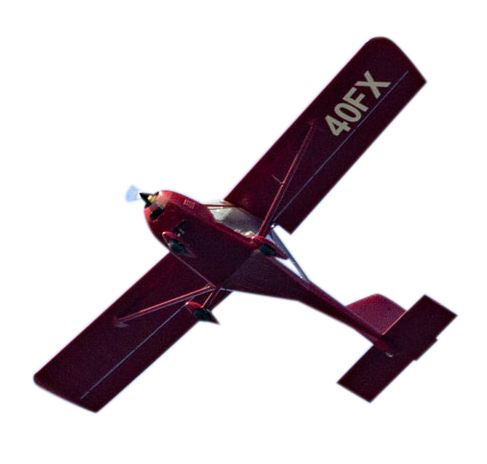 Flight crew
Flight crew
As previously mentioned, not only does an airspace infringement pose a risk to aircraft and passengers and, in the event of a mid-air collision to those on the ground, but it increases the workload and pressure on the flight crews involved.
It has already been explained that during an airspace infringement event, to achieve the required separation criteria, air traffic controllers may need to implement safety intervention measures such as:
- Issuing avoiding action;
- Radar vectors or use of speed control to delay aircraft;
- Suspension of arrivals; or
- Suspension of departures.
Whilst ATC will attempt to resolve any infringement occurrence quickly, the radio frequency in use might already heavily loaded and so there is a chance that these ATC instructions are not heard by the crew straight away.
All of these measures are outside the ‘plan’ and expectation of the flight crew of the Commercial Air Transport operating into and out of the airports; When airborne, this results in the crew having to rapidly react and to adapt their plans resulting in a huge spike in workload during what is an already busy time. This may lead to reaction times being slower than usual further eroding any safety barrier.
For the infringing pilot there also carries a number of risks such as:
- Mid-air collision;
- Airprox;
- Loss of control through wake turbulence;
- Threat of encounter with explosive ordnance; and
- Psychological effect (distraction and added stress) of having infringed airspace affecting their performance for the remainder of the flight.

